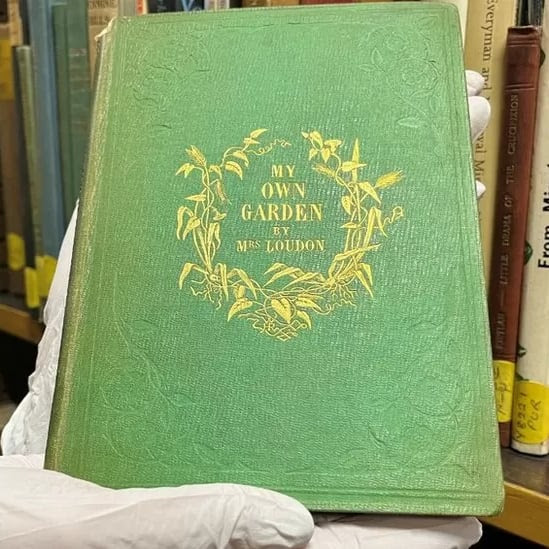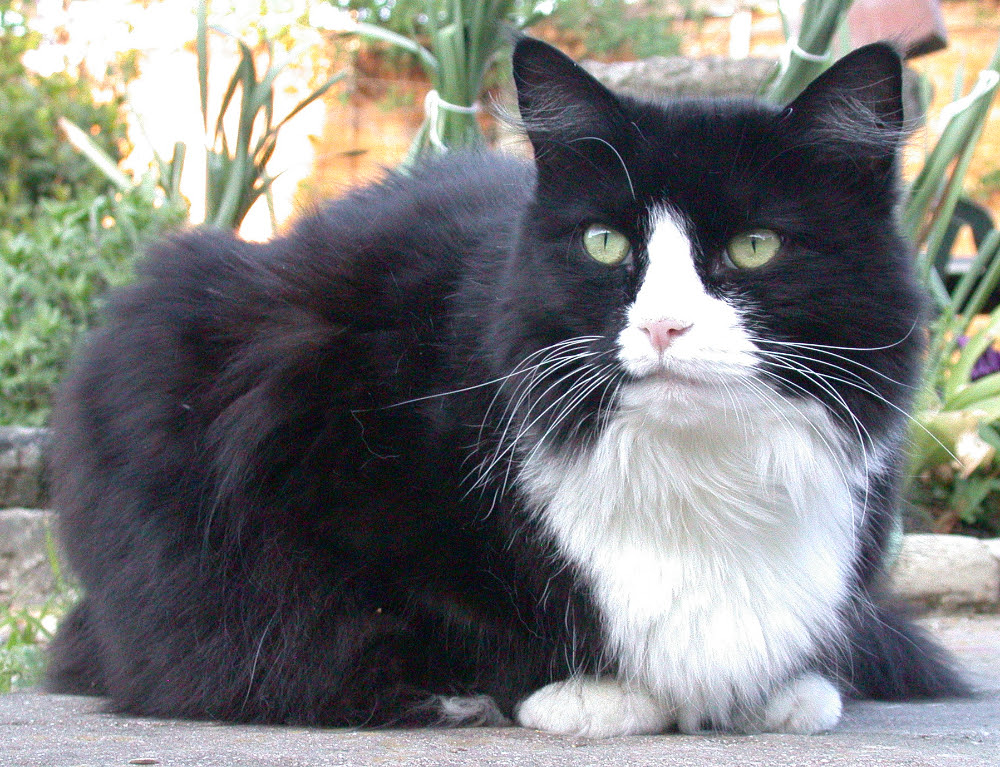Hi there,
It’s grey and wet here at Word Count HQ, and we’ve just learnt that the flat roof on our back dormers needs replacing. We’re renting for the moment so it’s not our problem, but it is going to be a pain in the arse. Thankfully the leak isn’t significant, no need for bowls to catch the water, but I’m not excited about having to work through the noise.
Stop, look, listen: London Writers’ Salon, Ep 30 – Harriet Minter
Given that I’m in the middle of a massive career change, Ep 30 of the London Writers’ Salon with author, journalist and working from home expert, Harriet Minter was very well timed. I’ve been working from home for most of the last 24 years, so I’ve got the productivity stuff nailed. But where I found Minter’s conversation interesting was in her tips on networking, which as an introvert I’ve always found extremely difficult.
She talks about splitting networking into three categories: Paid, earned and owned. Paid is subscriptions to communities of like-minded people; earned is when you volunteer in a community; owned is the network you build around yourself by, for example, being very active on social media. It’s an interesting structure, and one I’ll have to think about with respect to my own networking efforts.
Minter also has sage advice about working out what your values are, ways to make writing a non-fiction book easier, how to ask for lots of money (and yes, I struggle with that too) and much more. It’s definitely worth a listen. I might have to get her book, WFH: Working From Home as well!
Read this: The Norwegian library with unreadable books
I’m pretty sure that everyone reading this newsletter loves a good library, but what if the was a library populated with books by some of the world’s greatest authors that you couldn’t read?
The Future Library is a 100-year art project by artists Katie Paterson and Anne Beate Hovind which is collecting new and unread books by writers such as Margaret Atwood, David Mitchell, Karl Ove Knausgaard, along with “the Icelandic poet Sjón, Turkey’s Elif Shafak, Han Kang from South Korea, Vietnamese-American poet Ocean Vuong” and “Zimbabwean author Tsitsi Dangarembga”.
The project started in 2013 and every year more books are locked away in Oslo’s main public library, not to be seen until 2113 when they will be printed on paper made from Norwegian trees that are currently barely more than saplings.
It might be a little frustrating to think of all those books that we can’t read, but what an amazing treasure for future generations to look forward to. And, for those of the authors who will be dead long before anyone can read their books, what freedom!
Read this as well: Poisoned book discovered
 Leeds librarian Rhian Isaac discovered a 1855 copy of My Own Garden: The Young Gardener’s Yearbook, the cover of which was dyed a vivid green with arsenic. Isaac cross-referenced books in the library’s collection with the Poison Book Project, which lists books that are known to have been bound with book cloth or that include paintings coloured by dangerous chemicals. The emerald green colour comes from copper acetoarsenite, which is an extremely toxic pigment.
Leeds librarian Rhian Isaac discovered a 1855 copy of My Own Garden: The Young Gardener’s Yearbook, the cover of which was dyed a vivid green with arsenic. Isaac cross-referenced books in the library’s collection with the Poison Book Project, which lists books that are known to have been bound with book cloth or that include paintings coloured by dangerous chemicals. The emerald green colour comes from copper acetoarsenite, which is an extremely toxic pigment.
Oh, and this: Shawshank bible goes under the hammer
The leather-bound Bible, with a hollow for a rock hammer, that was used as a prop in the 1994 film The Shawshank Redemption, went on sale last week.
 Early in the film, Andy Dufresne (Tim Robbins) is given the Bible and told, “Salvation lies within” by Warden Norton (Bob Gunton). When Norton discovers the Bible after Dufresne’s escape, he finds the inscription “Dear Warden, you were right, salvation lay within” and the hollow where the rock hammer was hidden.
Early in the film, Andy Dufresne (Tim Robbins) is given the Bible and told, “Salvation lies within” by Warden Norton (Bob Gunton). When Norton discovers the Bible after Dufresne’s escape, he finds the inscription “Dear Warden, you were right, salvation lay within” and the hollow where the rock hammer was hidden.
Only one was made, because cutting out so many pages to create the recess for the hammer was so time-consuming. The prop was expected to sell for £100,000-£150,000 and bidding started at £100,000. After just 22 bids, the lot went for an astonishing £387,500.
Tip-top tip: How to write a really fast draft
You’ve heard of a ‘vomit draft’. Well, author Saint Gibson has perfected the projectile vomit draft, writing 23,535 words in just one week. Her Twitter thread details how she approaches this kind of intensive writing, but I think her third tweet is actually the most important:
And fast drafting IS a muscle, so be patient and gracious with yourself as you work to build the muscle.
Speed isn’t everything, but it’s a nice skill to have in your toolbox when you need it, so let’s dive in to some ways you can boost your daily wordcount without burning out.
She also links to a similar post by Jeff Vendermeer about how he wrote a Predator tie-in novel in just two months.
Fast drafting isn’t going to be for everyone, but if you’re a plotter and you love structure, it could be a very productive way to get a novel going.
Obligatory cat picture
T his week, I’ve dug back into my archives to find this photo of Fflwff from 2007. She adopted me when I lived in Reading just after the turn of the Millennium.
his week, I’ve dug back into my archives to find this photo of Fflwff from 2007. She adopted me when I lived in Reading just after the turn of the Millennium.
She hung around in the garden for a week or so, spending much of her time sleeping on my doorstep. I wasn’t supposed to have cats, but one day I opened the door and she hurtled in before I had a chance to stop her. She hid behind the sofa for three days, so obviously I gave in.
Fflwff knew she needed a human to look after her – she had terrible fleas and chronic diarrhoea that took a month of vet visits and drugs to clear up. Had I not adopted her right then, she might not have made it.
She moved back to Dorset with me not long after, and when I headed off to London she stayed with my parents and lived out her days very happily.
That’s it for now!
Suw
{ Comments on this entry are closed }




